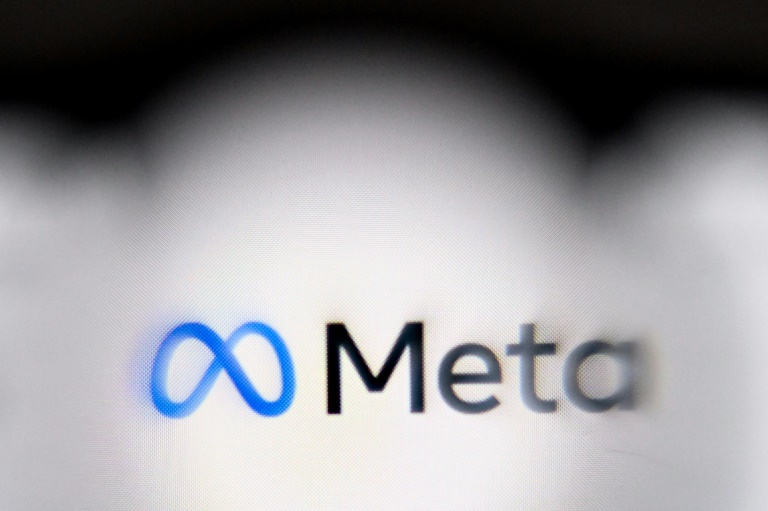With Meta initiating another round of job cuts in 2025, many employees on work visas now face an uncertain future in the United States. Without stable employment, these skilled professionals risk losing their visa status and could be forced to leave the country amid an intensified immigration crackdown following executive orders from newly-elected President Donald Trump.
Visa Holders Scramble to Find New Employment
Meta has laid off over 3,600 employees—approximately 5% of its workforce—in its latest restructuring effort. Industry experts, including Matt Gale from Lawfully, have highlighted the serious implications for those on employment-based visas, many of whom now have just 60 days to secure a new job or depart the U.S. Spouses who rely on visa-dependent work authorisation are also affected.
Observers warn that mass layoffs like these disrupt the green card process, forcing affected individuals to restart lengthy applications. L-1 visa holders, who are restricted to working for the same employer, must either find a similar role within Meta or relocate to another country.
‘I know layoffs are really hard for U.S. citizen workers, but they are even harder for visa holders. Not only is it the end of their livelihood, but it could be the end of their American life,’ Gale wrote in a LinkedIn post.
He urged U.S. companies to show greater support for laid-off immigrant employees, stating: ‘Let’s support visa workers who have been laid off. If you’re a hiring manager, HR leader, executive, or founder, consider doing more visa sponsorship.’
How Work Authorisation for Immigrants Works
Work authorisation for immigrants in the U.S. is tied to their visa status, with eligibility governed by strict immigration laws. Common employment-based visas include the H-1B (for specialty occupations), L-1 (for intra-company transferees), and O-1 (for individuals with extraordinary ability).
H-1B visa holders can only work for their sponsoring employer and must find a new one within 60 days if laid off. L-1 visa holders cannot switch employers and must leave the country if their role is terminated. Meanwhile, spouses of H-1B and L-1 visa holders are granted work authorisation under limited conditions.
For those in the process of obtaining a green card, job loss can result in significant setbacks, forcing applicants to restart their case and potentially wait years for approval. Engaging in unauthorised employment can also trigger deportation proceedings, making job security critical for foreign professionals working in the U.S.
Why is Meta Cutting Jobs Again?
According to former Meta employees who spoke with Business Insider, many staff members were dismissed despite receiving ‘At or Above Expectations’ ratings—Meta’s mid-tier performance grade in 2024. However, some of these same employees were downgraded to a ‘Meets Most’ rating in their year-end review, making them eligible for redundancy.
The layoffs, which have affected workers across multiple divisions, are part of Meta’s ongoing restructuring. CEO Mark Zuckerberg has stated that while job cuts are necessary, the company will continue hiring in key growth areas, including infrastructure, monetisation, generative artificial intelligence (AI), and regulatory compliance.
A History of Meta’s Layoffs
Meta’s workforce reductions mirror a broader trend in the tech industry. In late 2022, the company announced its first major round of layoffs, cutting over 11,000 jobs—around 13% of its staff—amid slowing revenue growth.
This was followed by another 10,000 layoffs in 2023, impacting recruitment, technical teams, and Reality Labs. The latest round of cuts in 2024 has affected approximately 5% of employees globally.
As economic uncertainty and investor pressure persist, major tech firms like Meta are streamlining operations, prioritising efficiency, and shifting focus towards AI-driven automation and monetisation strategies. Meta’s latest job cuts reflect a shift from its metaverse ambitions towards a more cost-conscious, AI-focused future.
With Meta making a new round of layoffs in 2025, many of its employees face issues related to their immigration status in the United States. With no stable job in sight, these jobless immigrants are at risk of being deported amidst a massive crackdown on immigrants in the country following executive orders from newly-seated President Donald Trump.
Fear of Losing Work Authorisation
Meta cut over 3,600 employees (5% of its workforce) in this latest retrenchment exercise. Industry observers like Lawfully’s Matt Gale note that many affected workers are on visas and facing severe consequences. In addition, most have only 60 days to secure a new job or leave the U.S. Visa-dependent spouses also lose their work authorisation.
Observers note that layoffs like this latest from Meta can disrupt the green card process, forcing some to restart from scratch. L-1 visa holders cannot switch employers and must find a similar role within the same company or leave the country.
‘I know layoffs are also really hard for U.S. citizen workers. However, they are much harder for visa workers. Not only is it the end of their livelihood, but it is the potential of the end of their American life. Immigration laws need to change,’ Gale stated in a LinkedIn post.
He also encourages U.S. companies to show more empathy to their laid-off immigrant employees, stating, ‘Let’s have more empathy for visa workers who have been laid off, and if you are a hiring manager, HR leader, executive, or founder, consider doing more visa sponsorship.’
Understanding Existing Work Authorisation in the USA
Work authorisation for immigrants in the U.S. depends on visa status, with eligibility governed by immigration laws. Employment-based visas include H-1B (specialty occupations under 8 U.S.C. § 1101(a)(15)(H)(i)(b)), L-1 (intra-company transferees under 8 U.S.C. § 1101(a)(15)(L)), and O-1 (extraordinary ability under 8 U.S.C. § 1101(a)(15)(O)).
It is worth noting that H-1B visa holders can work only for their sponsoring employer and must secure a new employer within 60 days if laid off. L-1 visa holders cannot transfer employers and must leave if terminated.
Meanwhile, spouses of H-1B holders (H-4) and L-1 holders (L-2) may work under 8 C.F.R. § 274a.12(c)(26). Green card applicants face long backlogs, and layoffs can reset their process (8 U.S.C. § 1255).
Unauthorised work can lead to removal proceedings (8 U.S.C. § 1227(a)(1)(C)(i)). Given these restrictions, immigration reform is often proposed to ease transitions for skilled workers.
What’s With Meta’s Latest Layoffs?
According to eight anonymous former Meta employees who spoke with Business Insider, many were laid off despite receiving ‘At or Above Expectations’ ratings—Meta’s mid-tier rating in its 2024 midyear review system.
These employees were surprised to later receive a “Meets Most” rating in the year-end review, a lower-tier classification indicating they met most but not all expectations. This rating made them eligible for the layoffs announced on Monday.
The layoffs are part of Meta’s broader plan to reduce its workforce by approximately 5%, a decision communicated to managers in guidance issued in January. However, Meta CEO Mark Zuckerberg noted that they will expand hiring in key areas, including infrastructure, monetisation, Reality Labs, generative artificial intelligence (AI), and regulatory compliance.
A History of Meta’s Layoffs
Meta has undergone multiple layoffs in recent years, reflecting broader shifts in the tech industry. In late 2022, the company announced its first significant workforce reduction, cutting over 11,000 jobs—about 13% of its staff—as part of a cost-cutting initiative amid slowing revenue growth.
This was followed by additional layoffs in 2023, eliminating another 10,000 positions across multiple departments, including recruitment, technical teams, and Reality Labs. The latest round in 2024 continues this trend, affecting approximately 5% of employees globally.
As economic uncertainty and investor pressure persist, major tech firms like Meta are streamlining operations, redefining roles, and focusing on sustainable growth rather than the rapid workforce expansion seen in the previous decade.
These layoffs highlight the tech sector’s changing landscape, where companies prioritise efficiency, AI-driven automation, and profitability over over-aggressive expansion. Meta’s job cuts also indicate a shift from its metaverse ambitions toward AI and monetisation strategies.







